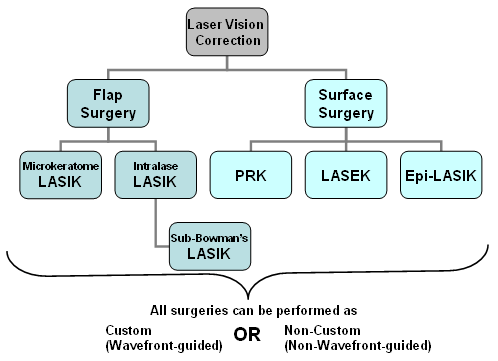Just How Astigmatism Affects Vision - Usual Misconceptions And Mistaken Beliefs

Authored by-Kamp Keating
Astigmatism is a common eye condition that obscures distance and near vision. It occurs when the front surface of your eye (cornea) isn't uniformly rounded, but instead formed like an egg or a football. This irregularity influences how your eyes bend light, causing blurry vision.
It is essential to have a thorough eye test to find astigmatism early as well as handle it with prescription lenses or LASIK surgical procedure. This can minimize the demand for scrunching up your eyes, which can create chronic eye pressure.
Misconception 1: Astigmatism is brought on by squinting
Unlike a lot of eye problems, astigmatism is not triggered by squinting. Rather, it's the result of abnormalities in the eye's cornea and lens that cause fuzzy vision.
Typically, the cornea as well as lens at the front of your eye have a round form that allows light to concentrate dramatically on the retina at the rear of your eyeball. With astigmatism, the cornea and lens have even more of an oblong form, triggering light to flex unevenly when entering your eye. This can trigger your vision to be fuzzy whatsoever distances.
Individuals with astigmatism might scrunch up your eyes to attempt to boost their blurry vision, which can lead to eye strain and also frustrations. http://moshe8christoper.booklikes.com/post/5765346/frequently-asked-questions-regarding-lasik-surgical-procedure is very important to see a skilled eye care professional as soon as possible if you see scrunching up your eyes or other signs of astigmatism. Your eye doctor can suggest rehabilitative glasses or contact lenses to assist you see clearly in all ranges. Astigmatism is among the most usual refractive mistakes that burglarizes people of clear vision, along with myopia (nearsightedness), hyperopia (farsightedness) and presbyopia (aging blur). It influences adults and youngsters alike.
Myth 2: Astigmatism is a genetic condition
Astigmatism is a refractive mistake caused when your cornea or lens have an irregular contour. This mismatch creates light that enters your eye to be curved unevenly, which can trigger fuzzy vision whatsoever ranges. Most individuals that have actually astigmatism are born with it, but some may get it from eye injuries, conditions or surgical treatment. Eye care experts aren't certain why the shape of one's cornea or lens varies from person to person, but they do understand that it is genetic and also can be given with generations.
There are 2 sorts of astigmatism: normal as well as irregular. A normal astigmatism means that your cornea - the clear front layer of the eye - isn't entirely round like a basketball, but it is much more extended, formed much more like a football. This implies that the light entering your eye strikes the retina at more than one point, which brings about fuzzy or distorted vision. The other sort of astigmatism is uneven astigmatism, which means that your cornea and/or lens are curved in more than one instructions or steeper in the bottom than the top.
Misconception 3: Astigmatism is permanent
Many astigmatism is hereditary. But it can likewise be caused by eye injuries, surgical treatment, aging, or scarring. It may even establish from the form of your cornea or lens. The major reason is when the primary meridians of your eyes (the steepest as well as flattest parts) are not vertical per various other. This creates blurred vision because the retina can't focus plainly on the picture.
It is very important to see an optometrist if you notice any kind of modifications in your vision. Motivate check outs can aid capture extra significant issues, such as keratoconus. This problem triggers the cornea to slim and come to be more cone-shaped. This makes it tough to see and can impact deepness assumption. Rubbing your eyes can boost your threat for this condition, too. Dry eyes and allergies can additionally contribute to the issue. One of the most usual treatment for astigmatism entails rehabilitative lenses, which can include glasses or contact lenses. Various other choices include orthokeratology, which makes use of stiff call lenses to improve the cornea, or laser surgical treatment.
Myth 4: Astigmatism hurts
The eye is designed to filter light into the retina and focus it onto the rear of the eye (the cornea or lens). When these frameworks are misshapen, nonetheless, vision can be fuzzy. This refractive error can be fixed with prescription spectacles and also call lenses or by having astigmatic keratotomy surgical treatment, which includes making tiny cuts on the steepest curves of the cornea.
One of the most usual signs and symptom of astigmatism is obscured vision, which can make it difficult to read or see things in the distance, also when you are sitting close to them. You may additionally have trouble evaluating distances or seeing clearly during the night, when you are most likely to experience glare and also halos around lights.
It is feasible to create astigmatism at any type of age or after an eye injury, but most people are born with this refractive mistake. Lasik Nearsightedness can intensify as the eyes ages, which is why it is necessary to have regular eye exams to identify and treat any type of adjustments in your vision.

